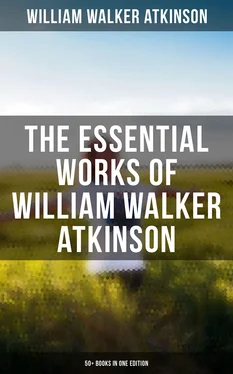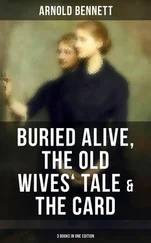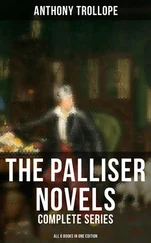The tip of the nose indicates the several mental qualities. The sharp pointed tip indicates an inquisitive, prying, investigating nature—a general "sharpness" so to speak. A blunt tip indicates a lack of "sharpness" and inquisitiveness. The upturned tip, or "pug," indicates a trifling, superficial, gossiping tendency. As a general rule the sharp tip indicates thought, while the rounded tip indicates feeling.
The bony part of the nose, when prominent, indicates the strength of the Motive Qualities, such as Combativeness, Destructiveness, Acquisitiveness, Constructiveness, etc. It generally accompanies the people who push forward and "do things" in spite of obstacles—it is the nose of the great generals, and the majority of great financiers.
CHAPTER XIX
MISCELLANEOUS SIGNS
Table of Content
While the subject of hands may be thought to belong to the study of Palmistry, with which we have no concern in this book, nevertheless we think that we should include herein a brief reference to the several classes of the hand as indicative of the outer form of mental states. That the shape of the hand often reveals information regarding the character of its owner is admitted by the best authorities on the subject. Many persons who discard the theories of Palmistry still regard the subject of the shape and meaning of hands as apart from that study, and believe that an understanding of the indications of the several classes of hands is important to the students of Human Nature.
There are seven general types of hands, viz: (1) The Spatulate; (2) the Square; (3) the Artistic; (4) the Elementary; (5) the Mixed; (6) the Philosophic; and (7) the Psychic. Following we give a brief recital of the qualities held to be indicated by each.
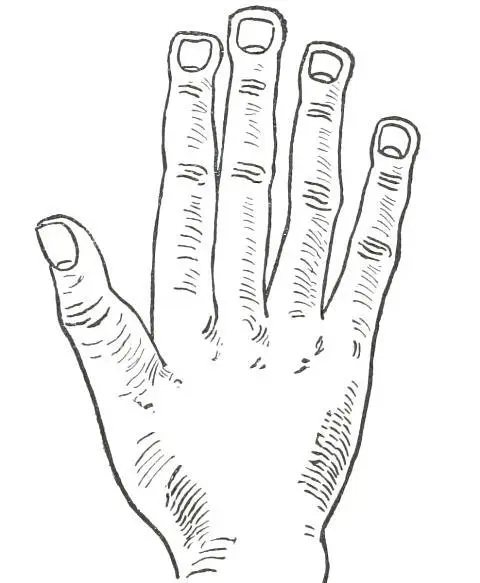
Fig. 23
SPATULATE HAND
In Fig. 23, we see the Spatulate Hand, the special peculiarities of which are the straight, smooth fingers and the "splay" tips. This type of hand is held to indicate an active, energetic nature, that is satisfied only when it is employed and doing something useful. This hand is eminently "practical," and its owner cares very little for art, poetry, or literature.
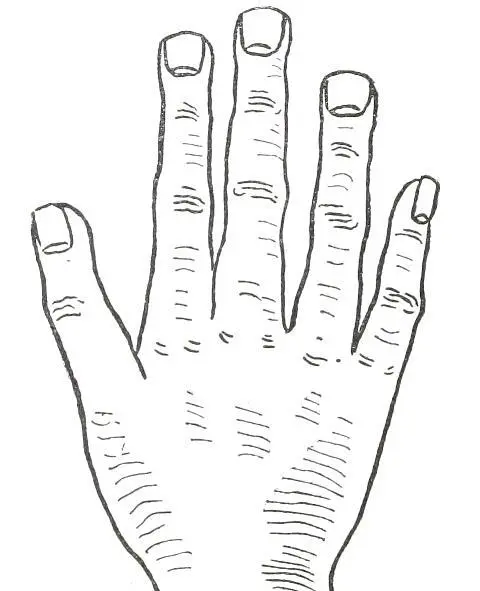
Fig. 24
SQUARE HAND
In Fig. 24, we see the Square Hand, the special peculiarities of which are its general "squareness" of the palm, and generally of the finger-tips. This also is a useful hand, and its owner is amenable to authority, and makes a good employee or helper. It indicates a quiet, peaceable disposition, and its owner is usually found to be careful, orderly, and dependable—the sense of order being especially strong.

Fig. 25
ARTISTIC HAND
In Fig. 25, we see the Artistic Hand, the special peculiarities of which are the suppleness and softness of the hand; its symmetrical form; and its long, tapering fingers. Its owners are of the poetic and artistic nature, with a taste for beautiful and refined things, artistic environment, bright and witty speech, and "choice" things generally. The Qualities of Ideality and Words are apt to be well developed in these cases, and "the artistic temperament" is found in its full development here.

Fig. 26
ELEMENTARY HAND
In Fig. 26, we see the Elementary Hand, the special peculiarities of which are its short, thick fingers, and its thick heavy palm. Its owners are "of the earth, earthy," and have but very little imagination and fine taste.
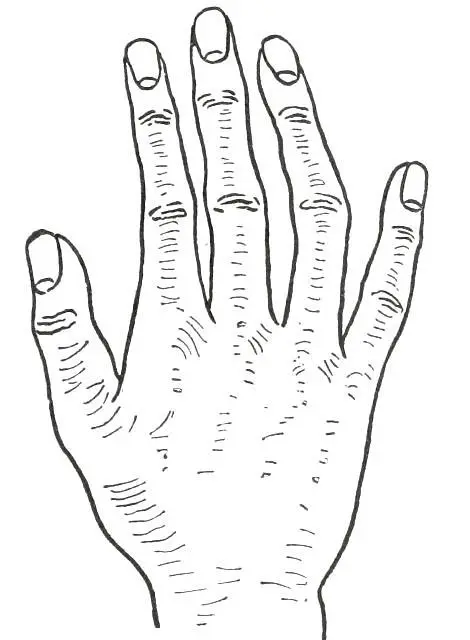
Fig. 27
PHILOSOPHIC HAND
In Fig. 27, we have the Philosophic Hand, the special peculiarities of which are its large thumb, rounded finger-tips, and its projecting joints. Its owners are thinkers, investigators, and reasoners along practical lines, and are generally skeptical and inclined to demand proof of anything and everything.
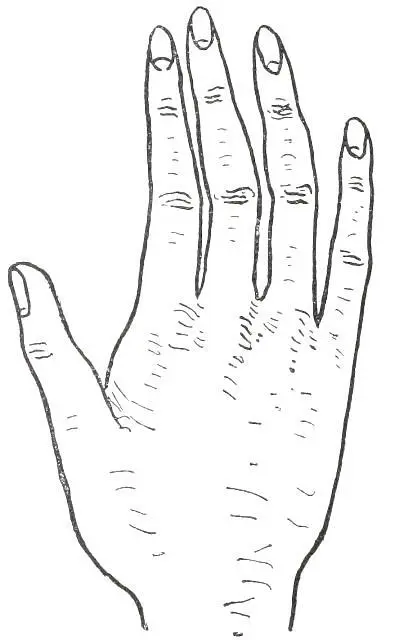
Fig. 28
PSYCHIC HAND
In Fig. 28, we see the Psychic Hand, the special peculiarities of which are the extreme slenderness of the entire hand, and the long thin, pointed fingers. Its owners have Mysticism highly developed, and incline toward the mysterious, supernatural, occult, and imaginative, and are generally of an extremely nervous, sensitive nature.
Very few hands adhere strictly to any one of these several types, but are more or less composite or "mixed." In such cases the characteristics of each type mingle and blend, and must be interpreted accordingly. The following peculiarities are also noted by the authorities:
THE THUMB. The thumb is divided into three parts, each indicating a certain quality, as follows: (1) the top part or division, which indicates Will; (2) the second or middle part, which indicates Logic; (3) the "ball" or fat lower portion, which indicates Passion. The comparative size of either of these parts indicates the strength of its particular qualities.
THE FINGERS. Hard fingers indicate work, activity, and energy. Soft fingers indicate love of ease, disinclination for work, laziness. Very hard hands denote heaviness and general stupidity, also gross tastes and undeveloped nature. Smooth fingers denote artistic tastes, etc.; while knotted fingers denote philosophic thought and argument, orderliness and taste for material facts and things. Short fingers denote quick judgment and impatience of detail; while long fingers denote a love of detail, elaboration and "fussiness." Spatulate fingers indicate tidiness, usefulness, and a desire to be doing useful work.
THE PALM. Hardness of the palm, as of the fingers, denotes activity, energy and work; while softness denotes love of ease, laziness, etc. Wideness of the palm denotes generosity, broad-mindedness, etc.; while a narrow palm denotes the reverse. Firm palms generally denote the Motive Temperament; while soft, flabby palms denote the Vital temperament.
The study of the Walk as an index of character is favored by many authorities. There are three general types of walks, viz (1) the long stride, in regular time; (2) the short, quick, and somewhat jerky step; (3) the short but regular step.
Those who walk with a long stride generally take a broad view of things, but if their walk is also slow they are apt to lack energy and push. The short, quick step denotes activity, but small ideas and often pettiness. The combination of the long stride and the quick movement is held to indicate both large ideas and activity. A draggy, shuffling walk is held to indicate a careless, shiftless nature; and a springy movement is indicative of mental activity. A mincing walk is held to denote "finickiness," affectation, and general artificiality; while a careless walk denotes a disregard for appearances and a general unconventional nature. Those who walk in a straight line, direct to the object they seek, are apt to move in the same way in other affairs of life; while those who zig-zag from side to side display the same lack of directness in business affairs and other activities of life. In the same way, one who makes short-cuts across corners, etc., is held to have the same tendency in active affairs.
Читать дальше
